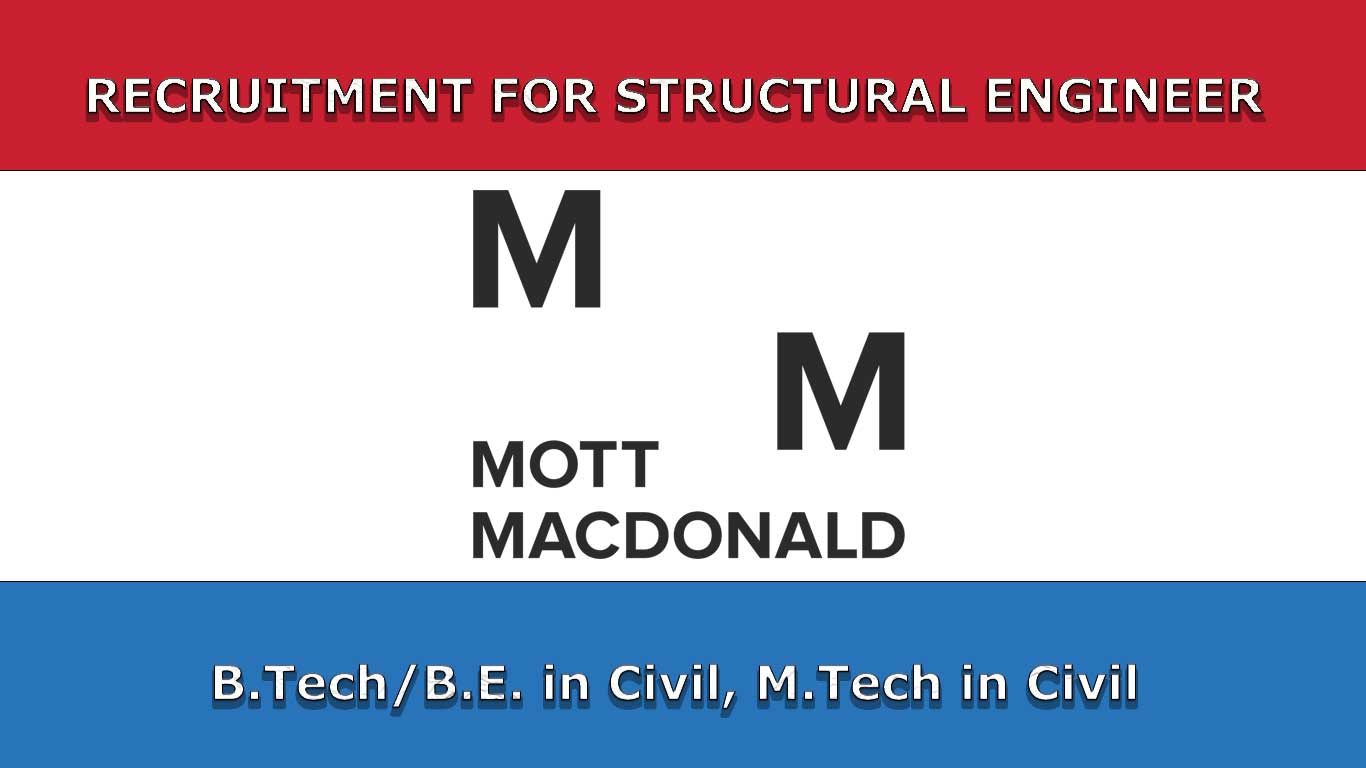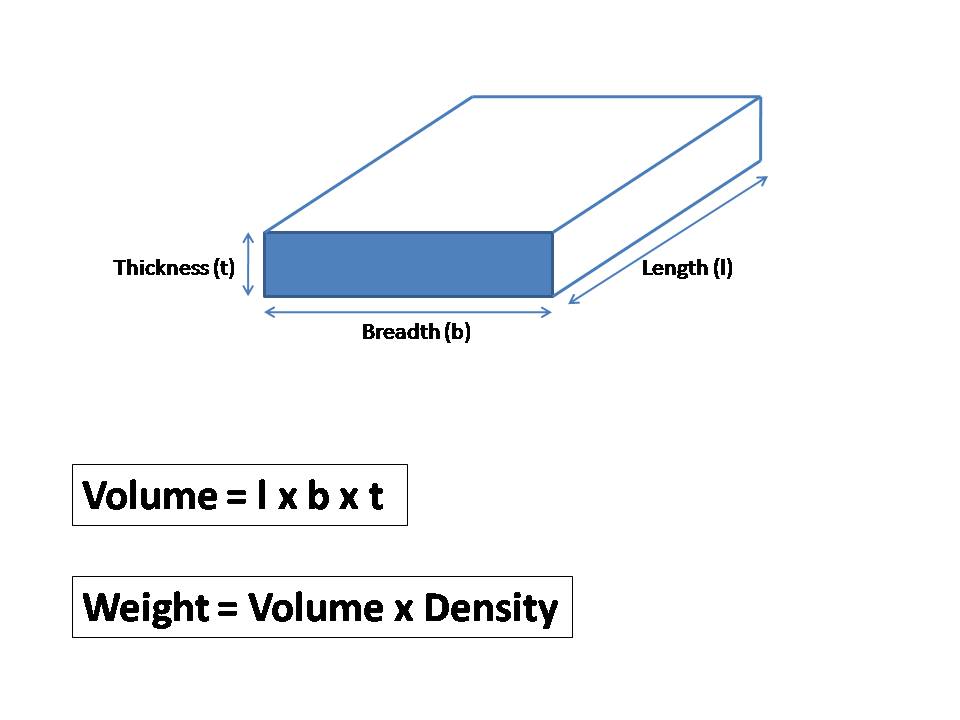In the field of construction, the foundation serves as the basis for any structure, providing stability and support against the forces of nature and human activities. One type of foundation that plays an important role in ensuring the strength and durability of a building is the mat foundation, also known as a raft foundation. In this blog post, we will delve into the key aspects of mat foundations, their advantages, and their applications in construction.

What is Mat Foundation?
A mat foundation, also known as a raft foundation, is a type of shallow foundation that spreads the load of a structure over a large area. It is commonly used for heavy structures or where the soil has a low bearing capacity. The key components and construction process of a mat foundation are as follows:
- Mat (Raft)
- Reinforcement
- Piles or Grade Beams (Optional)
Mat (Raft):

- The mat is a thick, reinforced concrete slab that covers the entire area under the structure.
- It distributes the building load evenly over a large surface area, reducing the pressure on the underlying soil.
Reinforcement:
- Steel reinforcement, such as rebars, is used to enhance the tensile strength of the concrete.
- The reinforcement is placed within the concrete to provide additional support and prevent cracking.
Piles or Grade Beams (Optional):
- In some cases, mat foundations may incorporate piles or grade beams for additional support in areas with poor soil conditions.
- Piles transfer loads from the structure to deeper, more stable soil layers.
Applications of Mat Foundations:
Mat foundations are commonly used in various construction projects, including:
1. High-Rise Buildings:
Mat foundations are often employed in tall structures where the loads are substantial, providing the necessary support and stability.
2. Industrial Facilities:
Facilities with heavy machinery and equipment benefit from mat foundations, as they can withstand concentrated loads effectively.
3. Areas with Weak Soils:
In locations where the soil conditions are poor or unpredictable, mat foundations offer a reliable solution to mitigate potential settlement issues.
Construction Process of Mat Foundation:
Following are the steps involved in the construction process of Mat Foundation:
- Site Preparation
- Subgrade Treatment
- Formwork Installation
- Reinforcement Placement
- Pouring Concrete
- Curing
- Finishing
- Backfilling (if required)
1. Site Preparation:

- Clear the construction site and excavate the soil to the desired depth.
- Level the surface and compact the soil to ensure a stable foundation.
2. Subgrade Treatment:

After site preparation the next step is to improve the bearing capacity of the soil if necessary, using techniques like soil replacement, compaction, or chemical stabilization. After that, PCC bed of 3 to 4 inches may be laid to create a perfectly flat and level base for the foundation.
3. Formwork Installation:

- Set up the formwork to define the boundaries of the mat foundation.
- Formwork serves as a mold for the concrete, shaping it into the desired structure.
4. Reinforcement Placement:

- Place the steel reinforcement within the formwork according to the engineering specifications.
- Ensure proper spacing and alignment of rebars to provide the required structural strength.
5. Pouring Concrete:

- Pour the concrete mixture into the formwork, covering the entire area of the mat.
- Concrete should be of the specified mix design and quality to meet structural requirements.
6. Curing:

- Allow the concrete to cure for the specified duration to achieve the desired strength.
- Curing helps prevent cracking and ensures the long-term durability of the foundation.
7. Finishing:
- Once the concrete has cured, remove the formwork.
- Perform any necessary finishing touches, such as smoothing the surface or applying a protective coating.
8. Backfilling (if required):
Backfill the excavated area around the mat foundation with soil, ensuring proper compaction to support the structure.
Also Read:
Last Words:
I hope you got a complete information about Mat Foundation in this article. If you found this article helpful, feel free to share it with your friends.
Leave a comment if I missed anything.
Happy Learning!!





